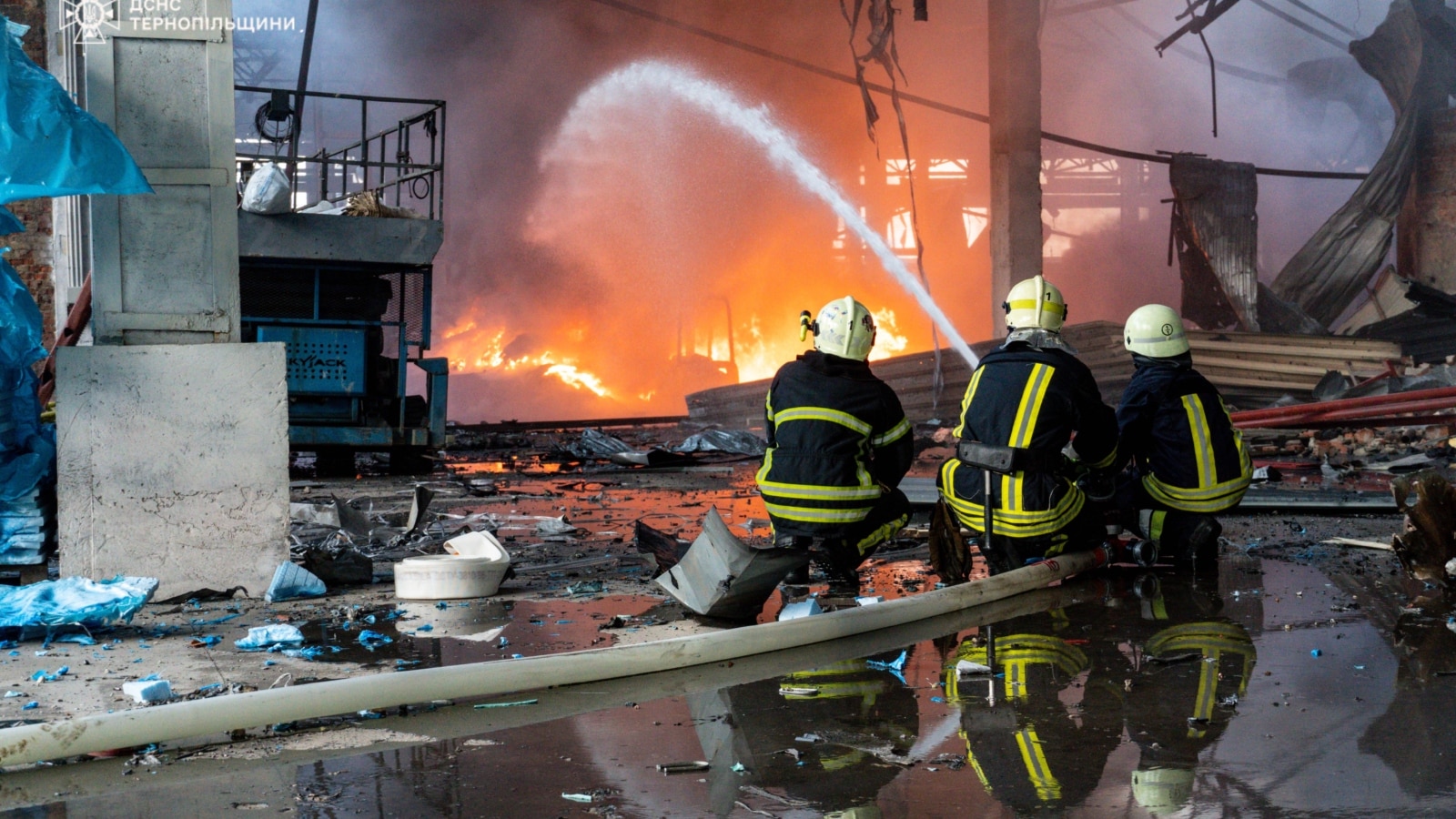Last Updated:July 09, 2025, 12:00 IST
According to the Evidence Network, a jet engine pulls in hundreds of litres of air per second, creating a powerful suction field that can draw in small objects and even humans

The fan blades are designed like aerofoils, compressing and pushing back the air. (Representative/AP)
A tragic accident at Milan’s airport in Italy has captured global attention. A man was fatally pulled into the engine of a plane parked on the tarmac. The incident occurred as Volotea Airlines’ Airbus A319 was preparing for takeoff to Asturias, Spain. The aircraft was moving from the taxiway towards the runway when the accident happened, with the engine not yet at full speed. Such incidents, although rare, are not unprecedented.
In 2015, an Air India technician was pulled into an engine at Chhatrapati Shivaji Airport in Mumbai, and in 2023, a man committed suicide by jumping into a running engine at Schiphol Airport in Amsterdam. These cases underscore the fatal danger of jet engine suction, especially when individuals come too close.
In such a situation, it becomes important to understand the power of these jet engines—how fast their fans rotate and how far they can pull objects.
Turbofan engines, installed in aircraft to enable flight, generate thrust by rapidly drawing in air, mixing it with fuel, and burning it before expelling it at high speed.
Boldmethod reports that a turbofan engine can expel air at hundreds of kilometres per hour, capable of propelling a plane weighing 700,000 pounds at 80% of the speed of sound, approximately 950 km/h. For instance, a Boeing 747 engine produces 58,000 pounds of thrust, strong enough to destroy a car instantly.
How Fast Do The Jet Engine Blades Spin?
The fan at the front of the turbofan engine draws in air. According to the Telegraph, the fan blades of the Airbus A319 involved in the Milan accident can rotate up to 15,000 revolutions per minute (RPM). Even in ‘idle’ mode on the taxiway, the engine’s fan pulls in hundreds of litres of air per second. This suction is powerful enough to pull in nearby objects, including humans.
The fan blades are designed like aerofoils, compressing and pushing back the air. Aviation Stack Exchange explains that the fan blade rotation creates a low-pressure area, drawing outside air towards the engine, creating a powerful vacuum in front of the engine.
How Far Is The Danger Zone Around A Jet Engine?
The jet engine’s suction area is particularly dangerous when the plane is on the ground. Aviation Stack Exchange notes that even in idle mode, the suction area of a turbofan engine can extend up to 15 feet (about 4.5 metres), increasing during takeoff.
The Evidence Network states that the engine draws in hundreds of litres of air per second, creating a ‘powerful suction field’ capable of pulling in small objects and humans.
Reports indicate that during the Milan accident, the individual ran onto the taxiway and was pulled into the engine. Corriere della Sera reports that the person breached a security gate and reached the runway while the plane was performing a pushback manoeuvre. Despite the engine being in ‘idle’ mode, the suction was powerful enough to pull the person in immediately.
This accident has raised significant questions about airport security systems. Aviation expert Professor Gregory Aleggi told the Telegraph that such incidents are unusual despite stringent security measures. Italian police and civil aviation authorities are investigating how the individual accessed the runway and their intentions.
Various measures aim to mitigate jet engine dangers. SKYbrary notes that ‘swirl markers’ or spinner spirals are placed in front of the engine to indicate fan rotation, and ground crews are strictly instructed to avoid the suction area. Nevertheless, the Milan incident highlights the need for enhanced safety protocols.
Location :Italy
First Published:News explainers How Powerful Is A Plane’s Engine And From How Far Can It Suck Objects In? | Explained

 14 hours ago
14 hours ago

















